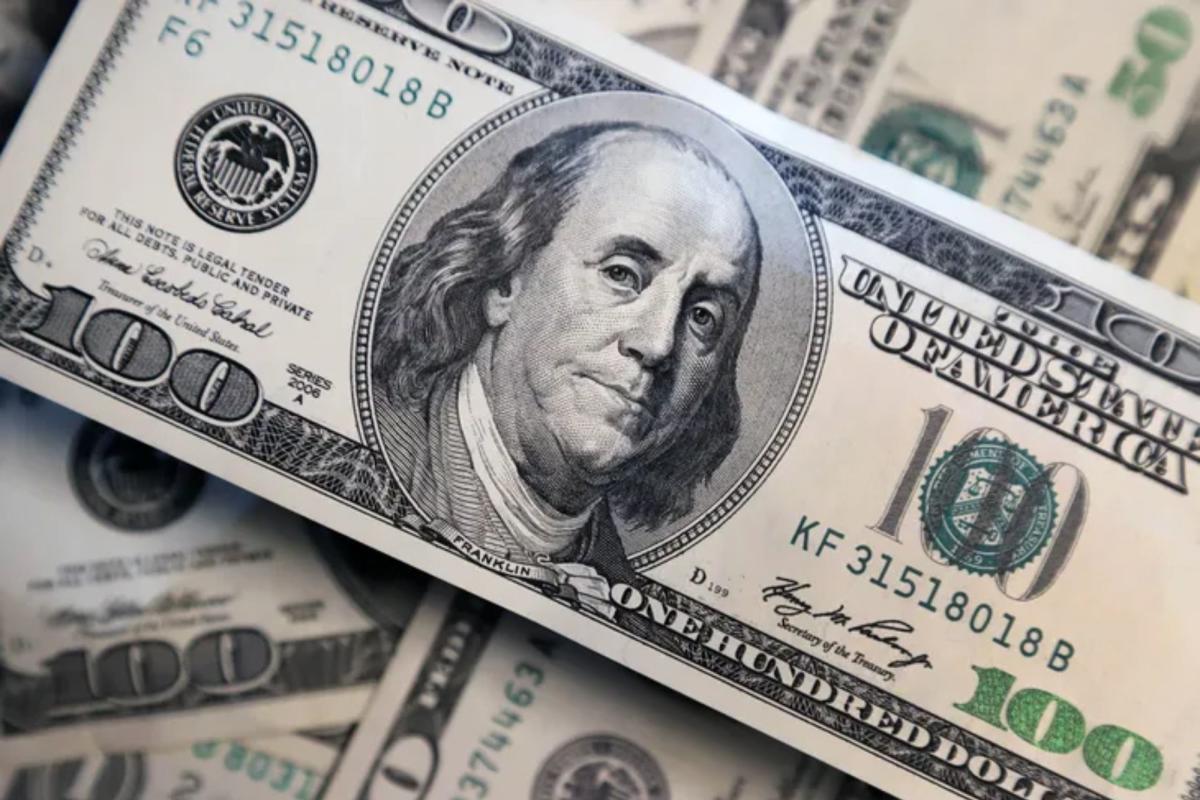Introduction To 1 USD to PKR
The global economy is an intricate web of interconnected markets, where currencies from various countries hold different values against each other. The exchange rate between currencies is a vital indicator of the relative economic strength of a nation. In Pakistan, one of the most closely monitored exchange rates is the value of the Pakistani Rupee (PKR) compared to major global currencies, such as the US Dollar (USD) and the British Pound (GBP). In this article, we will dive deep into understanding the trends, factors, and impacts of 1 USD to PKR and 1 Pound to PKR exchange rates.
What is an Exchange Rate?
An exchange rate is the value of one currency when compared to another. It reflects how much of one currency you can exchange for another. For example, if the exchange rate for 1 USD to PKR is 300, it means that 1 US dollar can be exchanged for 300 Pakistani rupees. Similarly, if the rate for 1 Pound to PKR is 400, it indicates that 1 British pound can be exchanged for 400 Pakistani rupees.
Exchange rates can fluctuate daily due to a range of economic factors, and these fluctuations impact international trade, travel, remittances, and investments. Now let’s explore how 1 USD to PKR and 1 Pound to PKR rates have evolved over time and the key elements influencing these rates.
1 USD to PKR: Historical Perspective and Current Trends
The exchange rate between the US Dollar (USD) and the Pakistani Rupee (PKR) has seen significant changes over the decades. Historically, Pakistan’s currency has experienced devaluation due to various economic challenges, including inflation, fiscal deficits, and external debts. Let’s examine the historical trends and current status of the 1 USD to PKR exchange rate.
Historical Trends of USD to PKR
In the 1980s, the value of 1 USD to PKR was around 10 Pakistani rupees. However, due to persistent economic challenges, the rupee began to lose value rapidly against the dollar. By the early 2000s, the exchange rate was around 1 USD = 60 PKR, and by 2010, it had crossed the 80-90 PKR mark.
In the 2010s, Pakistan experienced economic instability, rising inflation, and political uncertainty, which led to a significant devaluation of the rupee. By 2018, 1 USD to PKR crossed 120 PKR, and by 2020, it had breached the 160 PKR level.
Current Trends of USD to PKR
As of 2024, the exchange rate for 1 USD to PKR hovers around 300 PKR or even higher, depending on market conditions. This dramatic depreciation is driven by various factors, including:
- Rising Inflation: Pakistan has faced double-digit inflation in recent years, which has eroded the purchasing power of the rupee.
- Fiscal Deficit: The country has struggled with high fiscal deficits, increasing its reliance on external borrowing.
- External Debt: A large portion of Pakistan’s external debt is denominated in foreign currencies, making it vulnerable to exchange rate fluctuations.
- Political Instability: Uncertainty in governance and frequent changes in leadership have negatively impacted investor confidence.
Factors Influencing the USD to PKR Exchange Rate
Several factors influence the exchange rate between the USD and PKR:
- Inflation Rate: High inflation in Pakistan leads to a weaker rupee as it reduces the currency’s purchasing power.
- Monetary Policy: The State Bank of Pakistan plays a crucial role in managing interest rates and controlling inflation, which directly affects the rupee’s value.
- Trade Balance: Pakistan’s trade deficit, where imports exceed exports, puts pressure on the rupee. The country needs more dollars to pay for imports, which increases demand for USD.
- Political Environment: Stability in the government and economic policies impacts investor confidence and can influence currency exchange rates.
1 Pound to PKR: Historical Overview and Current Scenario
The British Pound (GBP) is one of the oldest and strongest currencies in the world. Its value compared to the Pakistani Rupee has also seen considerable shifts over the years. Let’s delve into the history of 1 Pound to PKR and its current situation.
Historical Trends of GBP to PKR
In the 1970s and 1980s, the exchange rate for 1 Pound to PKR was around 10-20 PKR, similar to the value of the USD at that time. However, with the rise in global inflation, changes in the UK’s economy, and Pakistan’s economic policies, the pound’s value increased steadily against the rupee.
By the 2000s, 1 Pound to PKR had reached over 100 PKR, and by 2010, it was around 120-130 PKR. Much like the USD to PKR trend, the rupee’s value continued to decline against the pound throughout the 2010s.
Current Trends of GBP to PKR
In 2024, the exchange rate for 1 Pound to PKR is approximately 400 PKR or more, depending on various market forces. The British Pound has traditionally been stronger than the US Dollar, and its exchange rate against the Pakistani rupee reflects this strength.
Several factors contribute to the exchange rate dynamics of 1 Pound to PKR:
- Global Economic Influence: The pound’s strength is partly due to the UK’s historical economic prowess and strong trade ties with multiple countries.
- Economic Growth: Economic policies in the UK, such as interest rates set by the Bank of England, play a role in maintaining the value of the pound.
- Bilateral Trade: The UK’s trade relationship with Pakistan, remittances from expatriates, and investment flows influence the pound’s demand in Pakistan.
Factors Influencing the GBP to PKR Exchange Rate
Just like the USD to PKR exchange rate, the GBP to PKR rate is influenced by multiple factors:
- UK’s Economic Performance: The strength of the pound is often linked to the UK’s overall economic health, including inflation rates, interest rates, and GDP growth.
- Pakistan’s Economic Condition: Pakistan’s economic policies, including foreign exchange reserves, trade deficits, and external debt, impact the value of the rupee against the pound.
- Global Market Trends: Global events, such as political changes in the UK (like Brexit) or global economic slowdowns, can affect the value of 1 Pound to PKR.
The Impact of Exchange Rates on Pakistan’s Economy
The fluctuation of 1 USD to PKR and 1 Pound to PKR has far-reaching effects on Pakistan’s economy. Here are a few key areas affected by these exchange rates:
-
Imports and Exports: A weaker rupee means that imports become more expensive, leading to higher prices for goods like oil, machinery, and raw materials. On the other hand, it can make Pakistan’s exports more competitive in the global market.
-
Remittances: Millions of Pakistanis live abroad, sending money back home in USD or GBP. A higher exchange rate means that remittances in rupees increase, providing more spending power to recipients.
-
Foreign Debt: A significant portion of Pakistan’s debt is in foreign currencies. When the rupee devalues, the cost of repaying this debt increases, putting more strain on the economy.
-
Tourism and Foreign Investment: Exchange rates also affect tourism and foreign direct investment (FDI). A stronger USD or GBP makes Pakistan a cheaper destination for foreign tourists and investors, potentially boosting the economy.
Conclusion
The exchange rates of 1 USD to PKR and 1 Pound to PKR are critical indicators of Pakistan’s economic health and global economic standing. These rates have seen dramatic fluctuations over the years due to a complex interplay of factors, including inflation, trade balances, external debt, and political stability. As Pakistan continues to navigate economic challenges, the rupee’s value against major currencies like the US Dollar and British Pound will remain a key area of focus for policymakers, businesses, and individuals alike.














